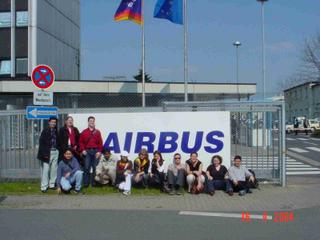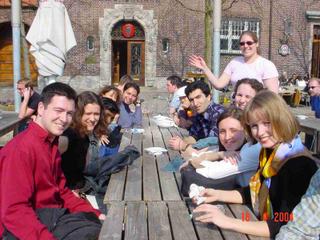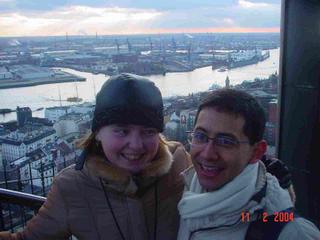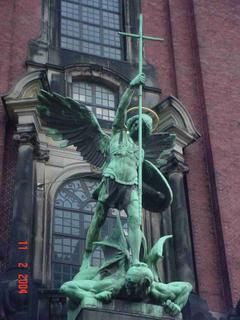Foreword / Vorwort
Moin moin - willkommen im Norden!
To speak about the past could be easy;
about the present should be hard;
but about the future... i think that demands the assessment of risks and to confrontate all fears.
To read this blog is like to read a book,but starting from the last page!!
Ab diese Tag, monatenlang voller intensiver Erlebnisse und Erfahrungen liegt hinter mir und ich bin schon sehr gespannt, was nun darauf folgen wird, wie es weiter gehen wird...
The "Rückkehrphase" - starting when i took the airplane in Hamburg to Paris- brings me also the trouble of "die Wiedereinglinderung", which was running on the following months under the "Dissonanz-modell".
- A correct Foreword is normally written by other person than the author; then the correct title of this sheet should be better : "Preface".
- Divided by topics, but organized along the timeline, every single blog have commentaries a photos trying to explain specific situations in which i was embeded. Quotations were selected to give inspiration to the reader.
"Gedächtnis ist nichts
ein mechanischer Aufbewahrungsort für
eingespeicherte Informationen wie der Computer:
Das ist es auch, aber viel mehr als das."
Hugo




















